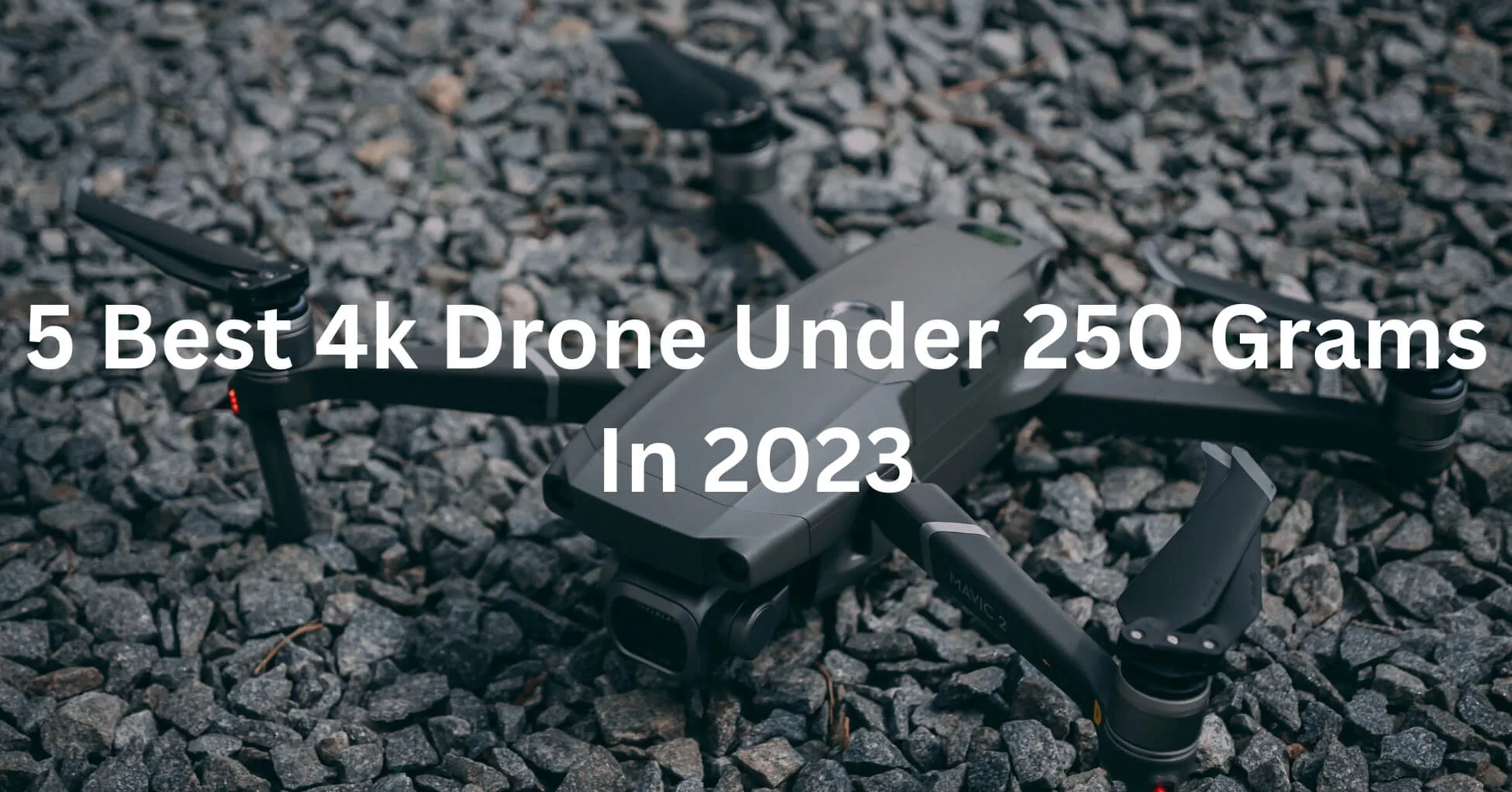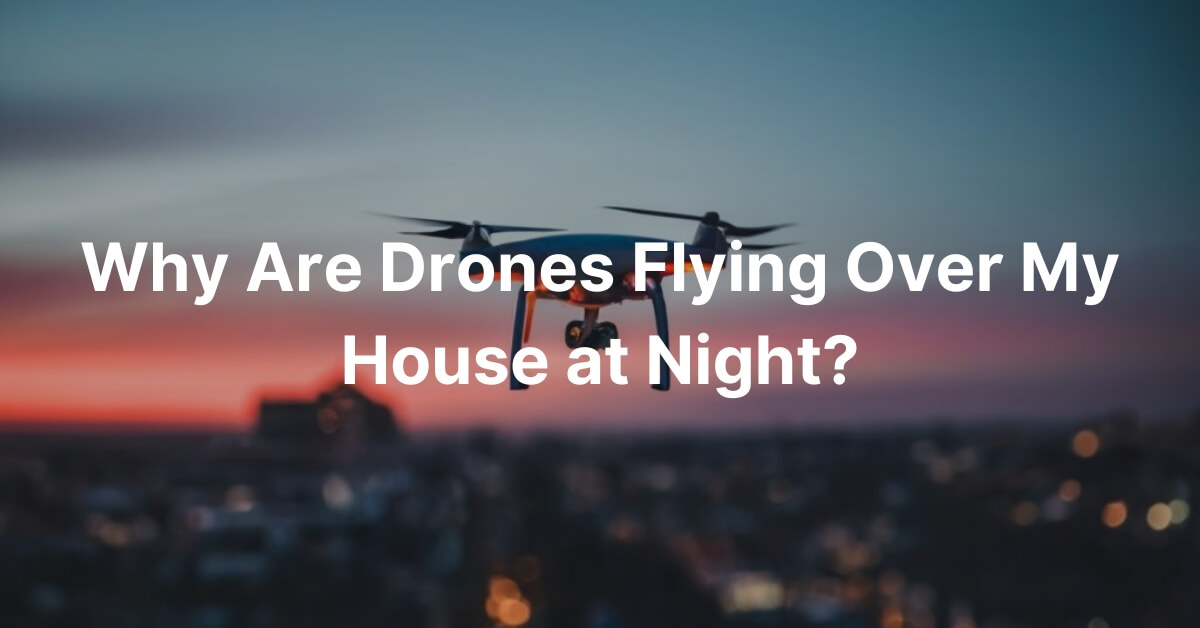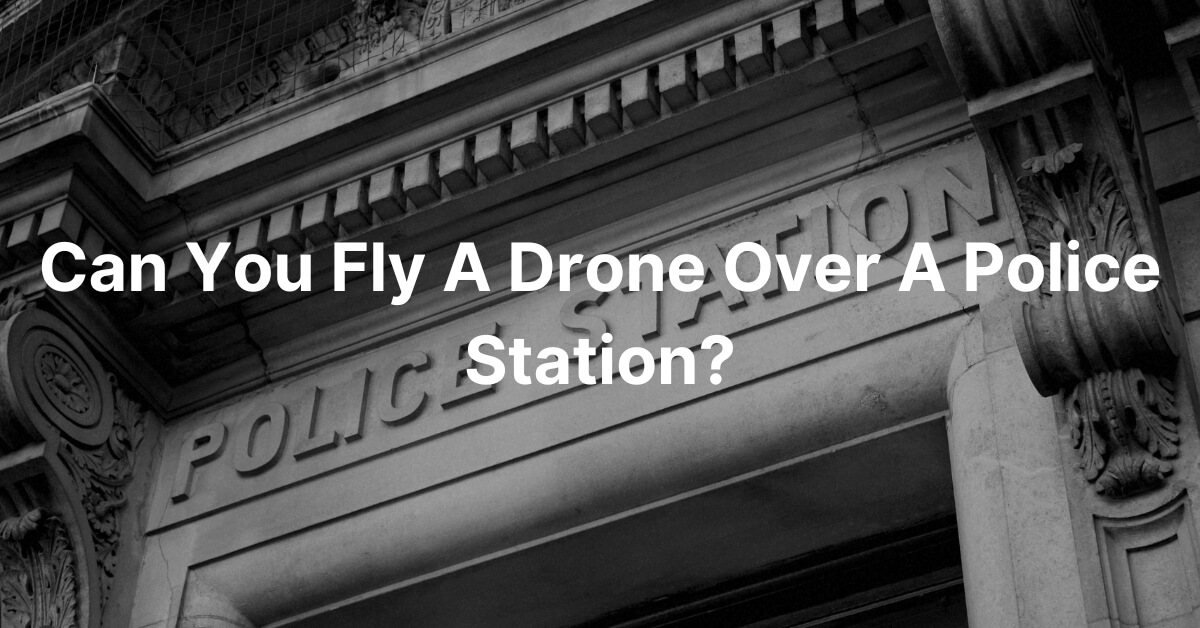

Have you ever thought about how does a drone communicate with controller?
It’s not just a techie’s question; even casual users might wonder about this intriguing connection between device and user.
The answer is simple: drones communicate with controllers using radio signals. These signals are what makes remote control and real-time monitoring possible.
Are you feeling curious? There’s much more to learn about how they interact with their controllers. Read on and discover the exciting details!
How does a drone communicate with controller? (In short explanation)
As these unmanned aircraft soar through the skies gracefully, their communication with their controllers is nothing remarkable. So, back to the topic: How does a drone communicate with controller?
A technology called radio frequency (RF) transmission is at the center of this link.
RF waves allow the driver and the machine to communicate quickly and in real-time as if an invisible link connected them.
A steady flow of data can be set up by putting transmitters and receivers in both the drone and its remote control.
Utilizing various protocols like Wi-Fi or Bluetooth, drones transmit essential information to their controllers while receiving commands in return.
They receive instructions. This two-way exchange makes it easy for pilots to move around since they can easily guide their flying partner through every turn and curve.
In the below section, If you are interested in a detailed guide and aim to become a knowledgeable drone pilot.
In that case, I will write a detailed guide about your query on how does a drone communicate with controller.
Understanding Drone Controllers


Before getting into the details of drone communication, it’s essential to understand what a drone controller is.
A drone controller, also known as a remote control or RC, allows a pilot to operate a drone remotely from the ground.
It connects the pilot’s and the drone’s actions, enabling precise control over their movements and functions.
The Basics of Drone Communication


How does a drone communicate with controller? Radio signals, Wi-Fi, and GPS are ways that drones can communicate with their controllers through various methods.
Each method has strengths and limitations, and understanding how they work is crucial for effective drone control.
1. Radio Signals
Radio signals are the most common and wide range of methods for communication between drones and their controllers.
The radio transmitter in the controller sends signals to the drone receiver. The drone receiver then figures out what the signals mean and does what the orders say.
The transmitter and drone receiver must operate on the same frequency to establish a reliable connection.
Low frequencies are better for communicating with drones because they can get through objects better and give better control over a long range.
2. Wi-Fi
Wi-Fi is another common communication method in drones, especially those drones with cameras and the ability to stream live video.
Wi-Fi enables the transmission of real-time video footage from the drone to a smartphone, tablet, or other compatible devices.
Wi-Fi uses higher frequencies than radio waves, between 2.4 and 5.8 GHz.
Even though Wi-Fi is faster at sending data, its range limitations is usually only a few hundred meters.
Therefore, Wi-Fi communication is more suitable for close-range operations.
3. GPS
Global Positioning System (GPS) technology plays a significant role in drone navigation and communication.
Drones with GPS modules can get GPS data from the controller. This makes it possible for the drone to be precisely placed, navigate to waypoints, and even fly by itself.
GPS communication means that the controller sends location-based directions to the drone.
The GPS module on the drone gets these directions. It uses them to guide it, ensuring it can navigate and be controlled correctly.
4. Other Communication Methods
Radio signals, Wi-Fi, and GPS, advanced drones may utilize other communication with a wide range of methods for specific applications.
For example, military drones can communicate with ground control stations via satellite links, enabling long range control and surveillance capabilities.
This lets them be controlled and watched from far away. Some drones also incorporate advanced technologies like OcuSync, a transmission system developed by DJI, which provides enhanced range and video quality for drone control.
Components of a Drone Controller


To figure out how a drone communicates with its controller, it’s important to learn about the different Components of a standard drone controller.
These parts work together to make talking to and directing the drone easy.
1. Control Sticks
The main way to move the drone is with the control sticks, usually on the front of the remote.
The right stick controls the drone’s roll and pitch, letting you move it from side to side, forward, and backward.
On the other hand, the left stick handles yaw and throttle, which lets you turn the drone and change its height.
2. Trim Buttons
Trim buttons are usually small buttons near the control sticks. You can fine-tune the drone’s stability and position with the help of these power button.
You might notice the drone moving or leaning in a certain direction. If that happens, you can use the trim buttons to change its direction and make sure it flies smoothly.
3. Antennas
The messages between the drone controller and the drone are sent and received by the larger antenna on the controller.
They are important for making a strong and reliable connection that lets you talk to and direct the unmanned aircraft.
4. Additional Features
Drone controllers may also feature additional buttons and controls that serve specific functions.
These can have power button for controlling the camera, like taking pictures or starting and stopping video recording.
Some controllers also have “Return-to-Home” (RTH) buttons that send the drone back to where it took off or to a pre-set position in case of an emergency or if the signal goes out.
The Role of the Flight Controller and ESC


Even though the drone controller tells the drone what to do, it’s important to know what the flight controller and Electronic Speed Controller (ESC) do in executing those commands.
1. Flight Controller
The flight controller is the “brain” of the drone. It takes information from the controller and other devices and determines what to do.
It understands the pilot’s orders, changes the speed of the drone’s motors, and keeps the drone in control while in the air.
The flight controller also uses information from devices like accelerometers, magnetometers, and gyroscopes to ensure the flight is stable and controlled correctly.
These sensors give the flight controller real-time information about the drone’s position, rotation, and orientation.
This lets the flight controller make the changes needed for a smooth and stable flight.
2. Electronic Speed Control (ESC)
The Electronic Speed Controller (ESC) connects the flying controller to the drone’s motors.
It gets instructions from the flying controller and then sends the right power output to each motor.
The ESC ensures that the motors spin at the right speeds and synchronizes their turns so that the drone’s moves can be accurately controlled.
By letting you change how much power output goes to each motor, the ESC enables the drone to perform maneuvers such as rolling, pitching, yawing, and adjusting altitude.
Troubleshooting Drone Controller Connection Issues


Even though drones use advanced technology to communicate each other, sometimes there are problems with the link.
Here are some popular ways to fix connection problems between a drone and its controller:
1. Check Battery Levels
The drone and the controller can lose link if their power source is low. Make sure the power source like batteries is fully charged before you fly; if you need to, replace them.
2. Re-sync the Controller
The drone and remote can sometimes get out of sync. Follow the directions on how to pair the controller with the drone to get them back in sync.
Usually, you must press certain buttons or go through a set of steps to make a new link.
3. Ensure Line-of-Sight and Avoid Interference
Ensure a clear visual line of sight between the drone and the controller during flying.
If you fly in places with much electromagnetic Interference, the link between the two devices could be broken.
4. Update Firmware and Software
Check the drone and controller often to see if there are new firmware and software changes.
Manufacturers often put out updates to improve speed and fix problems with connectivity.
Make sure that the program on both devices is the most up-to-date version.
5. Seek Technical Support
If connection problems keep happening, call the drone’s technical support team or look for help on online forums.
They can help you find more ways to fix the problem or suggest solutions based on your case.
Frequently Asked Questions
Are there any specific frequencies or channels used for drone-controller communication?
Yes, unmanned aircraft use radio frequencies to communicate with the controller.
These are typically 2.4GHz or 5.8GHz, but other frequencies may be used depending on the type of drone.
Are there any factors that can weaken or disrupt the signal between a drone and its controller?
Factors like the distance between the unmanned aircraft and its controller, buildings or trees in the way, interference from other electrical devices, and the weather can all weaken the signal between the drone and its controller or cause it to stop working.
What type of technology is used for communication between a drone and its controller?
The most common type of technology used for communication between a drone and its controller is radio frequency (RF) transmission.
This transmission is used to transmit commands from the controller to the drone and receive data from the drone back to the controller.
Can multiple drones operate simultaneously without interfering with each other’s communication signals to their respective controllers?
Yes, drones may operate at the same time without interfering with each other’s communication signals to their respective controllers.
So that they don’t interfere with each other, different drones use different bands.
What are the primary methods used for communication between a drone and its remote controller?
The primary methods used for communication between a drone and its remote controller are radio frequency (RF) transmission, Wi-Fi, and Bluetooth.
Conclusion (How does a drone communicate with controller)
Understanding how a drone communicates with its controller is key to becoming a skilled drone pilot.
By understanding the different ways to communicate, the parts of a controller, and the jobs of the flight controller and ESC, you can confidently fly your drone and use all of its features.
Remember to follow best practices, like having a clear visual line of sight, ensuring enough battery, and keeping the firmware and software up to date.
With the right knowledge and troubleshooting skills, you can talk to and direct your drone without any problems.
I hope that after this article, you will have a clear understanding of how does a drone communicate with controller.






One Comment
Wow, fantastic blog layout! How long have you ever been running a blog
for? you make running a blog glance easy.
The total glance of your site is wonderful, as well
as the content! You can see similar here dobry sklep